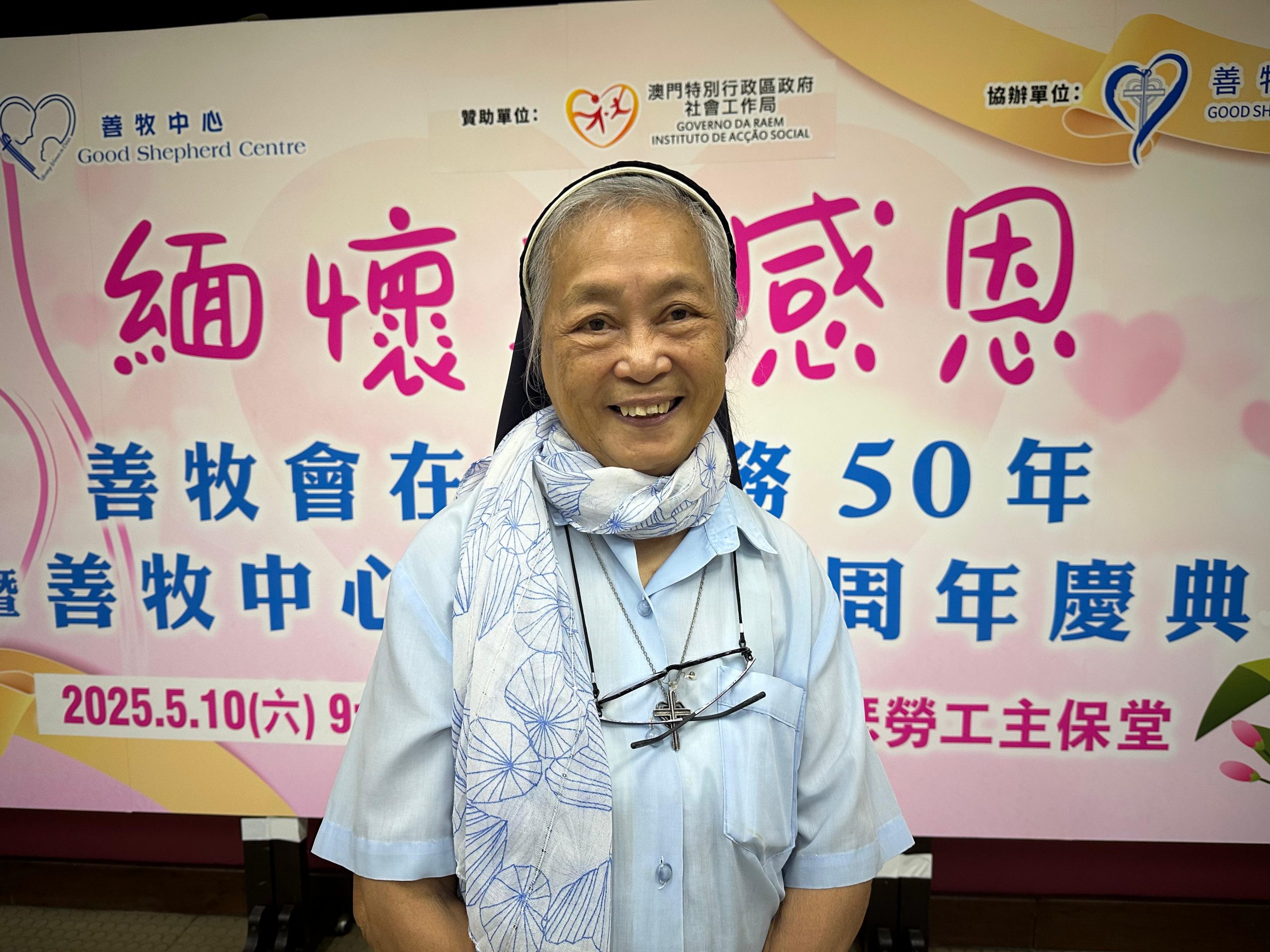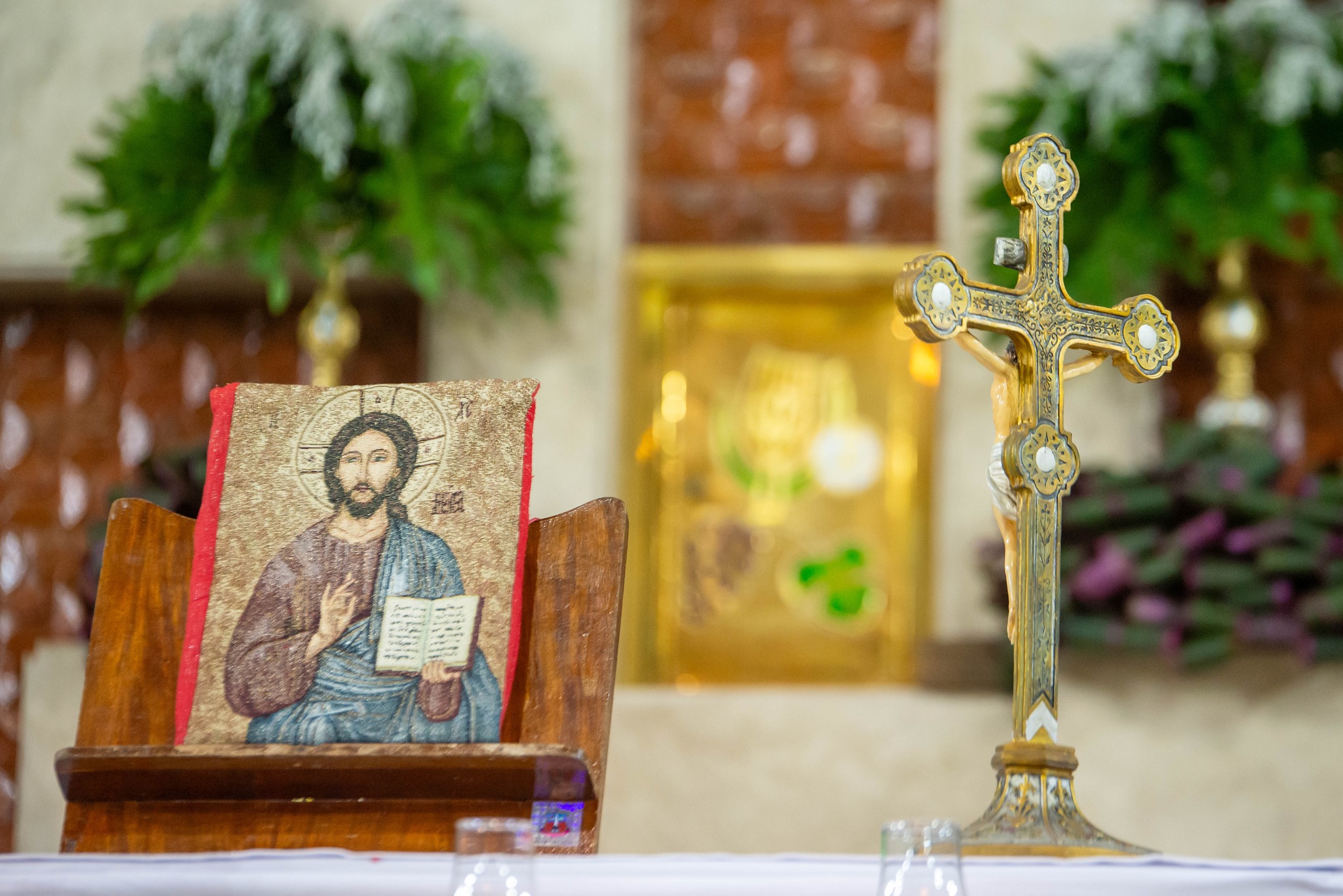Marco Carvalho
The Kent Wong Gallery, located on the Ilha Verde campus of the University of Saint Joseph, will host, until May 26, the exhibition Sea of Plastic: A Recycled Art Exhibition. Inaugurated on May 8 and organized by USJ’s Institute of Science and Environment, it is an artistic event as much as a wake-up call and a rallying cry.
The exhibition brings together around four dozen artworks of various shapes, sizes and materials. The showcased pieces were mainly conceived and created by students from five local schools, using plastic items and other ocean waste that was collected on Macau’s beaches, coastal areas and waterways.
Among the creations on display until this coming Friday, there are sculptures of animals and other marine organisms, such as whales, dolphins and turtles made of trash. It was a deliberate choice to depict marine creatures so that the exhibition could raise public awareness about ocean pollution and the need to protect the seas and coastal ecosystems against the growing threat of plastic pollution, both at a micro and a macro level.
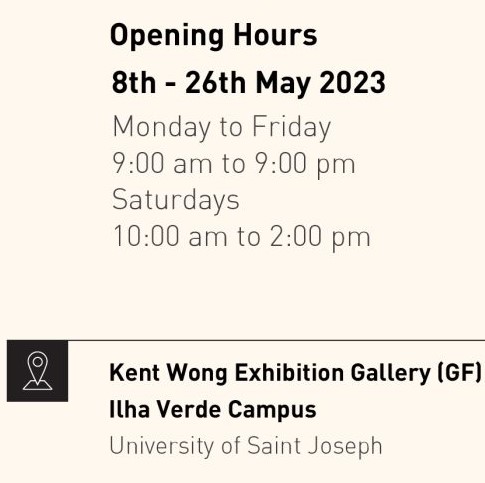
“The exhibition brings together around forty works of different sizes, from small to large- sized ones. The largest is about two meters high and two meters wide. Most of the works are three-dimensional, and they depict marine and coastal organisms, such as algae, whales, dolphins, turtles and birds. They were created mainly from recycled plastic collected on the beach,” the exhibit coordinator and researcher at the Institute of Science and Environment Karen Araño Tagulao told O Clarim.
“We also have a few artworks on display that were created by local artist Tchusca Songo, a former student at the University of Saint Joseph,” the Institute of Science and Environment researcher added.
Born in Angola in 1978, Tchusca Songo has been working and residing in Macau since 2006.
Referred to by many as an “eco-art pioneer” in Macau, Songo became a household name where the topics of recycled art and plastic pollution education were concerned. The environment and trash recycling are recurring themes among all her artworks.
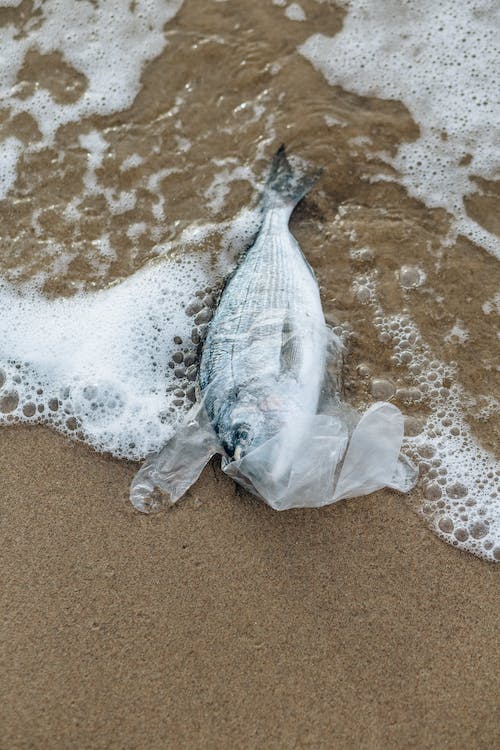
Choked Oceans
- The exhibition showcases around four dozen artworks created by students from local schools using plastic items and other ocean waste collected from Macau’s beaches, coastal areas, and waterways.
- Among the creations on display until this coming Friday, there are sculptures of animals and other marine organisms, such as whales, dolphins and turtles made of trash.
- Tchusca Songo, a well-known local artist and “eco-art pioneer” in Macau, has contributed artworks to the exhibition.
- In addition to the artworks, the exhibition features display boards providing scientific information on the harmful effects of plastic pollution on marine ecosystems.
“I was born in Africa, where not many children have the privilege of acquiring new toys. I learned early on how to make my own toys: balls made from used socks and plastic bags, dolls made from rags and used clothes, cars made from tin cans and many more. When I first arrived in Macau, it was kind of a shock to see furniture being thrown in the garbage: chairs, tables, TV sets, fridges, washing machines and more. In Africa, all these things would have been repaired,” the Angolan artist claimed.
“This is not the first time my artworks are being exhibited at the University of Saint Joseph. One year ago, in June 2022, some of my pieces were showcased in the Only One Earth exhibition. This year, I was invited by the university to conduct an up-cycling workshop with some of the students. It was a wonderful opportunity that it’s not merely trash and that a lot can be done with it,” Tchusca Songo added.
Apart from the forty or so artworks, the exhibition also features display boards that provide essential scientific information on the harmful effects of plastic pollution on marine ecosystems. The information panels detail possible solutions to mitigate and tackle the incidence of negative impacts of plastics and micro-plastics with a particular emphasis on the use of mangroves as a natural method for trapping plastic waste.
Sea of Plastic: A Recycled Art Exhibition was devised in the context of a more comprehensive project that the Institute of Science and Environment of the University of Saint Joseph has been organizing in recent years, with the costal wetlands of Macau claiming centerstage.
Schools and educational establishments such as the English section of Saint Rosa of Lima College, the International School of Macau, the Sacred Heart Canossian College, the Anglican College and Lou Hau High School are part of the project. The idea of partnering with schools, Karen Tagulao recognizes, was neither serendipitous nor without thought. The primary intention of the University of Saint Joseph has always been to motivate and engage new generations in the safeguarding of both the oceans and coastal ecosystems.
“By creating art with recycled materials, we hope to be able to motivate and engage students in the protection of our marine resources. Through art, they can reflect upon the impact of plastic pollution on the oceans. They can also learn about the importance of reusing or transforming something that would have ended up in the rubbish bin into something useful or even beautiful,” Karen Araño Tagulao claimed.
“By exhibiting their creations, we are also making them act as an inspiration to other young people, who can follow in their footsteps and do exactly the same. Ultimately, we want to generate a positive impact and motivate initiatives aimed at protecting the environment and the oceans,” the exhibit coordinator added.
For the exhibition to succeed, the impact of the event should be felt far beyond the young artists. The purpose of the initiative is to inspire the population of Macau and raise awareness of the challenges that marine ecosystems face so that local residents can assume a more conscious environmental position.
“Recycled art is a powerful resource to allow people to understand better plastic pollution, because first and foremost it allows them to visualize its impact. By creating these recycled artworks, participants are transforming trash into something beautiful. The process grants them food for thought. It is a good way of highlighting the problem and encouraging people to be more attentive to their own consumption practices and the waste they generate, not just on a local, but on a global scale,” Karen Araño Tagulao concluded.

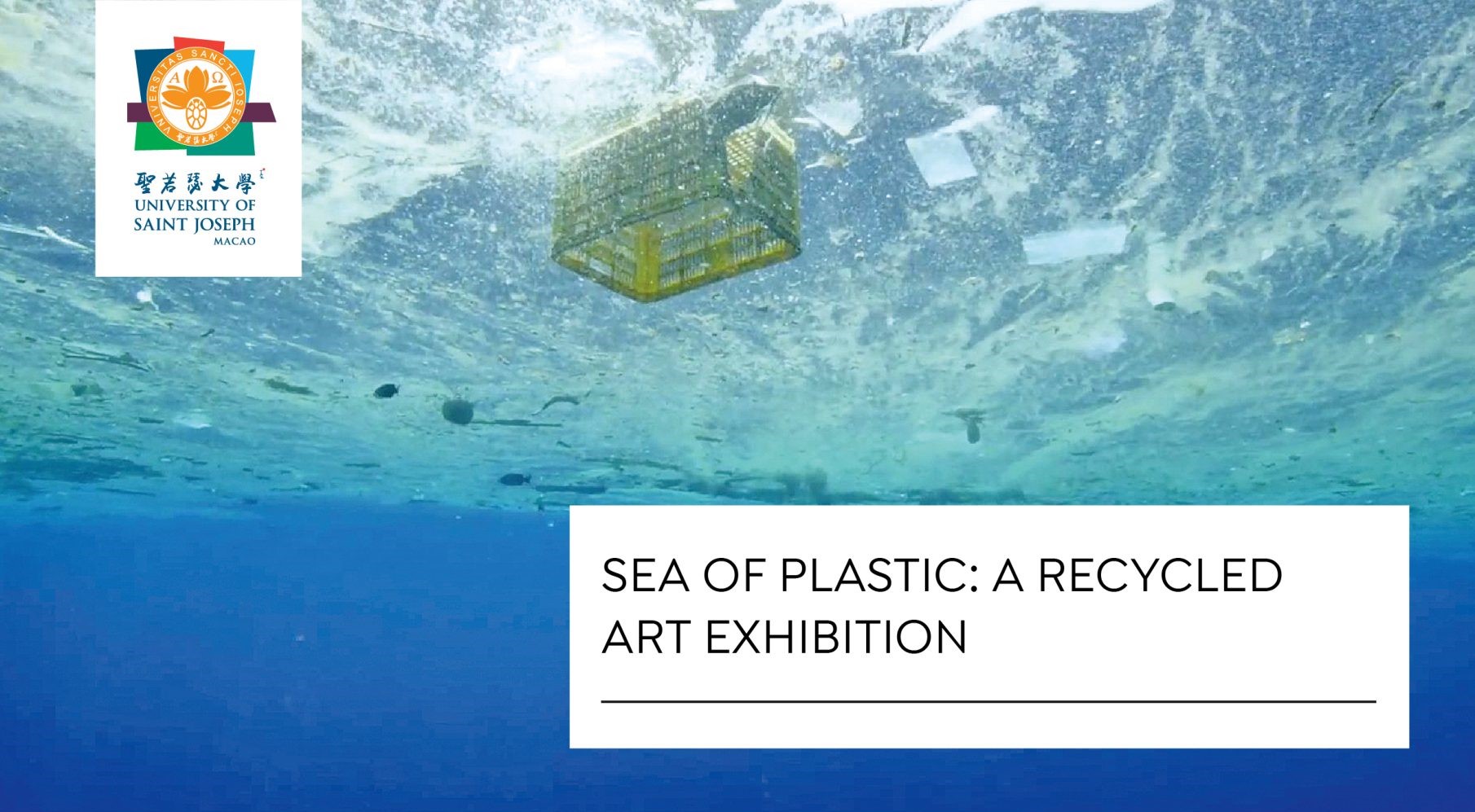
 Follow
Follow

